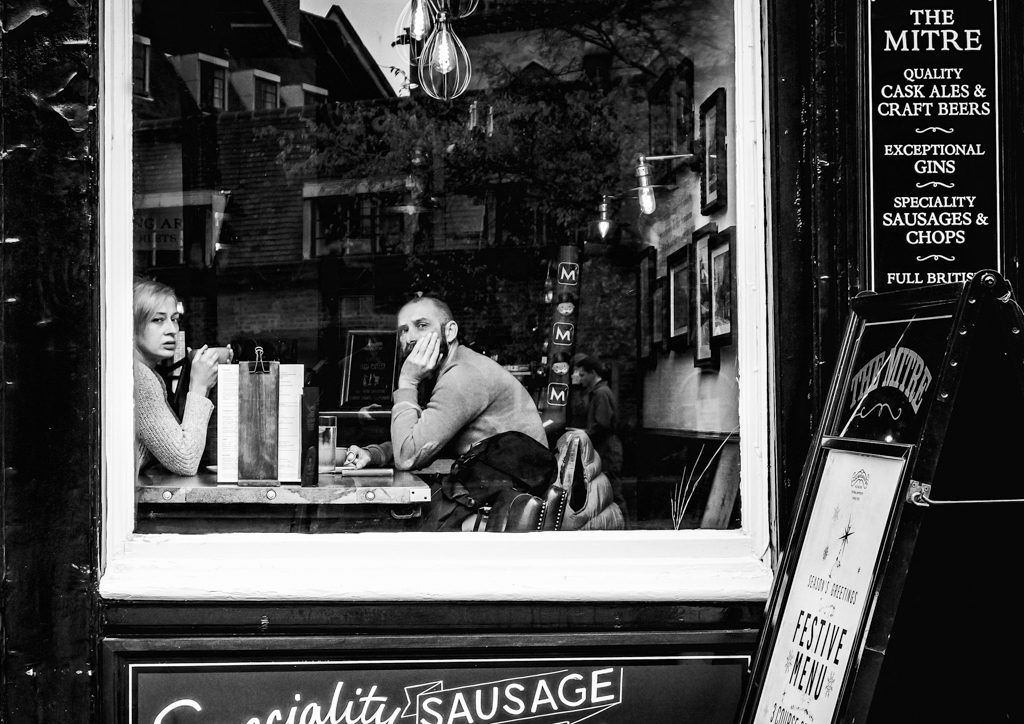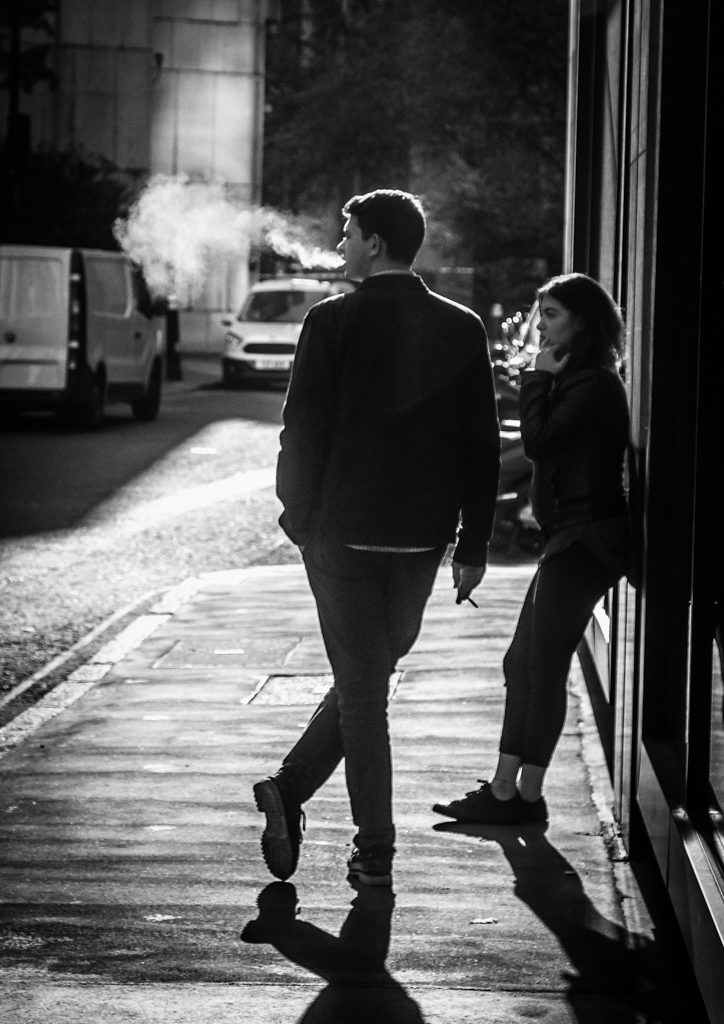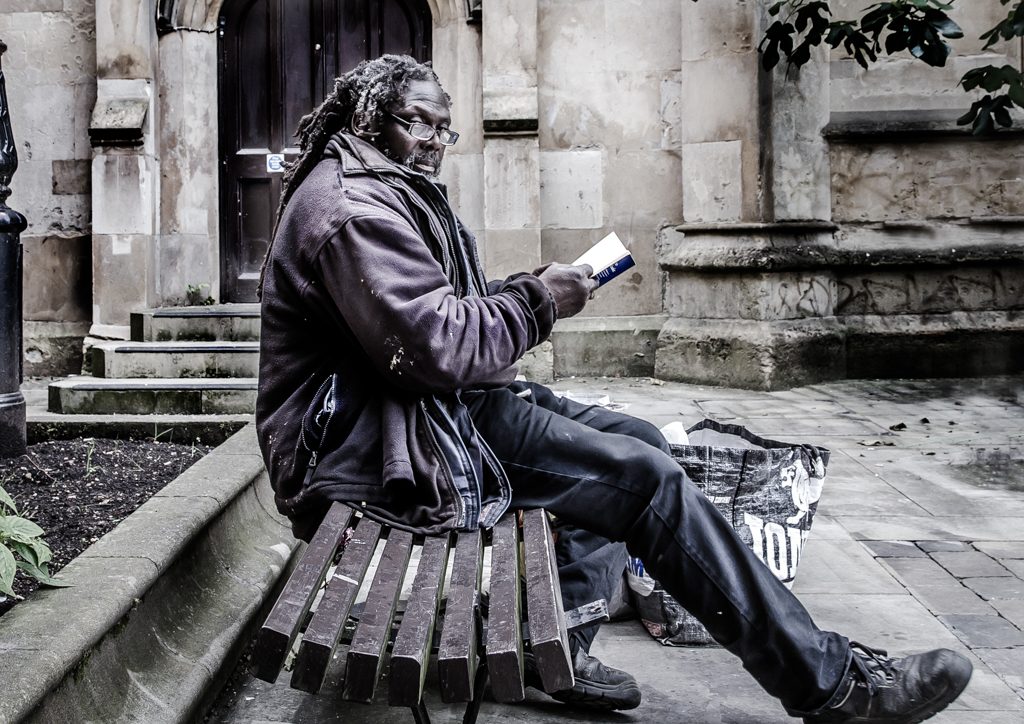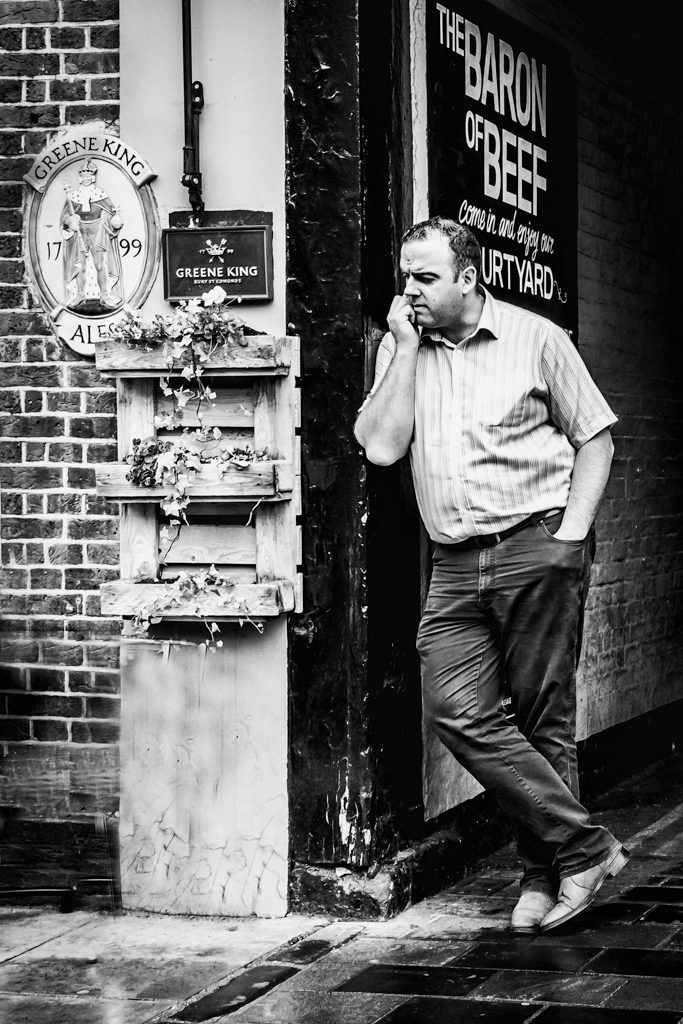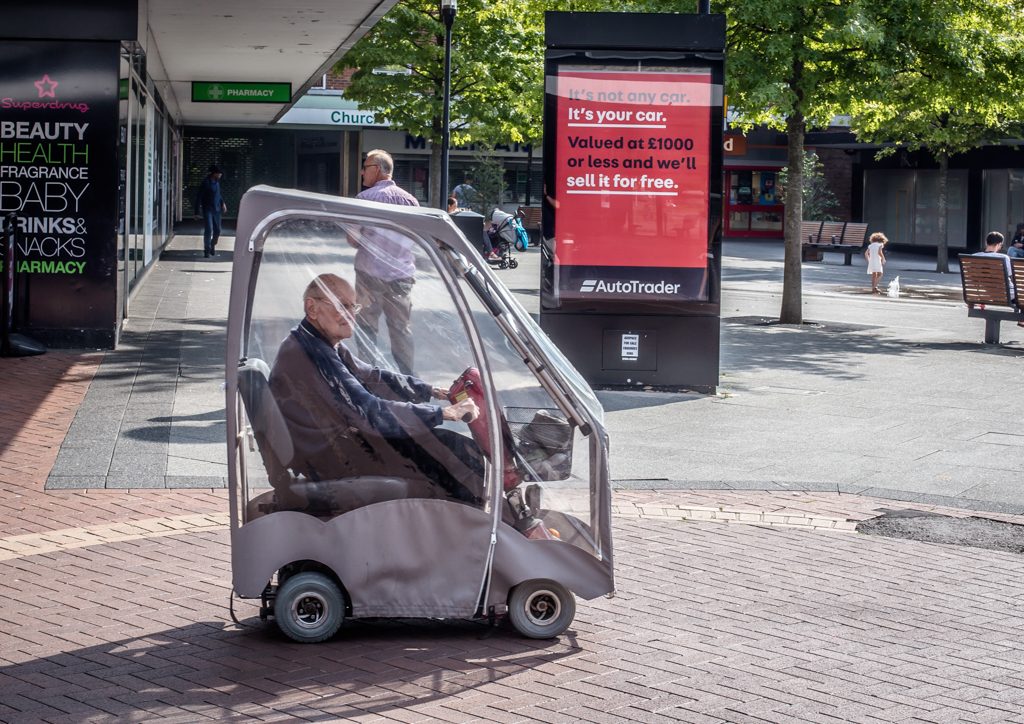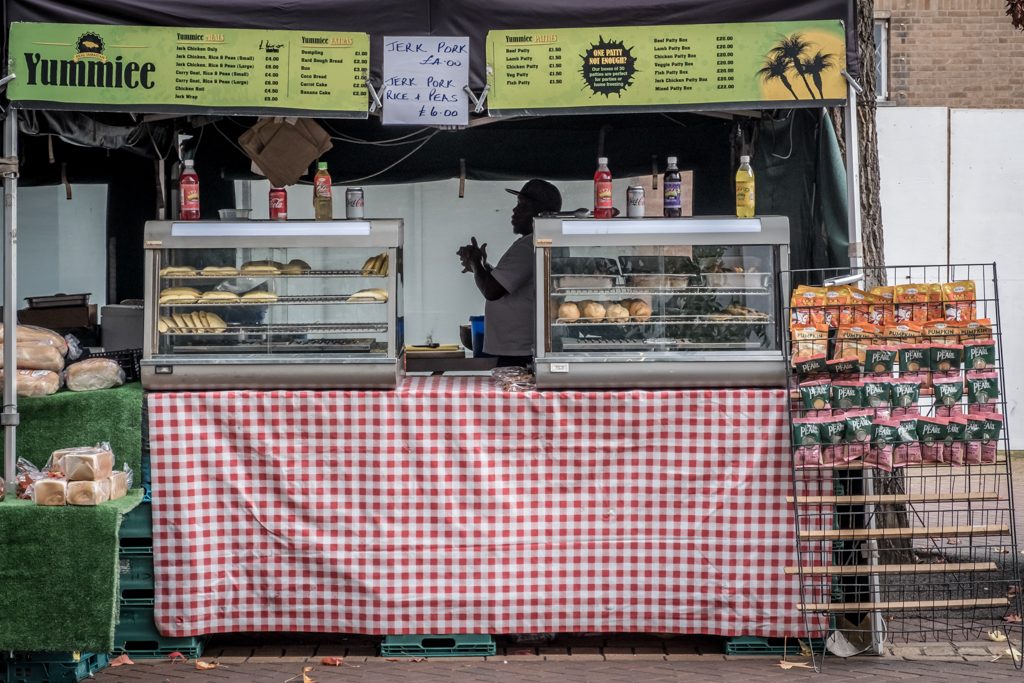
Jerk Pork / John Gough / Canon EOS 6D
What is happening in the world of street photography?
I found a film on Amazon Prime called Everybody Street, which has street photographers from New York, including Bruce Davidson, Mary Ellen Mark, Elliott Erwitt, Ricky Powell and Joel Mayerowitz, talking about how and why they take pictures.
Everybody Street
I have since sourced the film on YouTube:
As I watched the film I jotted down some insights from these iconic photographers:
Why do some photographers go to the street and others go to the studio?
Learning to read your culture is a great fascination for photographers
Capture what might be of interest in the future. When its gone, you realise that you missed taking a picture of it
There are too many bad photographs, but the good ones illuminate and entertain and get some sort of emotion, laugh or cry or something in between
Invisibility, a little camera makes you look like a sneak
Definition of public and private is smashed, so objecting to having a camera in your face is obsolete
You make the picture in the moment, turn left you have a picture, turn right and you don’t get one
Rendering the human condition, sharing the world as it is, recording life my way
More and more I want to take pictures, because I have less and less time left
Photography is about description, that is what a camera does. However as human beings we learn to understand minute little exchanges. It is down to us believing that this slice of a moment will present its self. There are a lot of people that don’t believe that the world is going to present itself in that way, so they don’t see it because they don’t look for it.
If you have a spare hour and a half and you love street photography you will love this film.
I recently saw Damien Demolder talk about street photography
Damien Demolder
Damien is an interesting speaker. He was editor of Amateur Photographer for around fifteen years. He is now a journalist, photographer, reviewer of kit and a judge on some big photography competitions. I recently saw him speak about his photography. Street photography he defines as people and architecture. His work is here
This was just some of the learning I took away.
Photography and especially street photography is showing ordinary things in an extraordinary way.
Light is important. Our subject is light. Wait for light.
Photographers are more observant than other people. Look for that decisive moment.
Shoot with a standard lens. Need to be involved with the subject not standing far away
Holding a viewfinder to your head cuts you off from the world. 98% of pictures are taken from head height. If you have a flip up the screen then shoot from the hip. It is a different view and you can see the picture coming next.
Hold your camera in front of you. Use the screen. You look like an idiot but not like a photographer.
Here is Damien talking about street portraiture:
